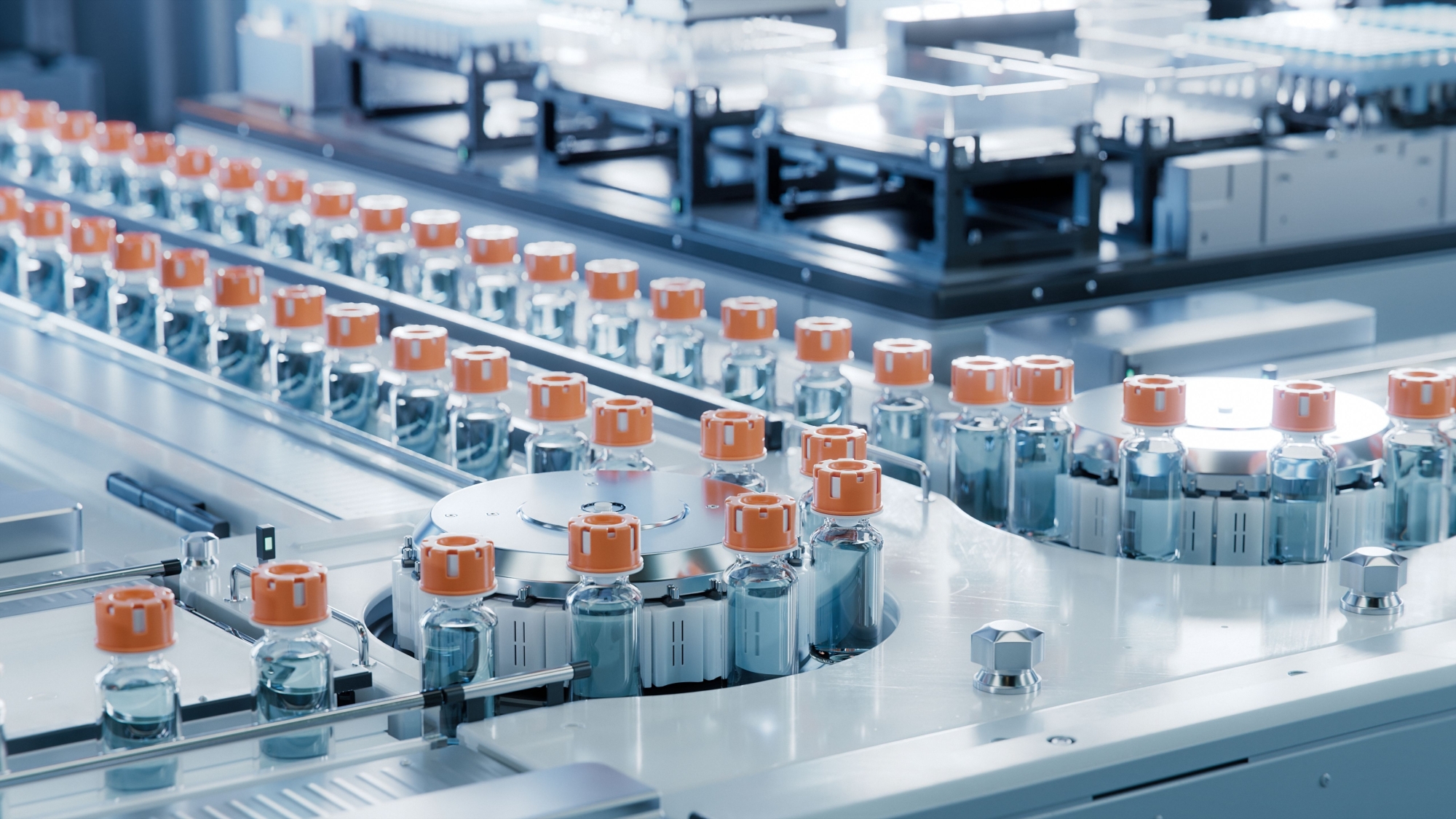The 4 core components of O.E.E.
We take you step by step through the calculation and formula.
Planning (Planning ratio P): This measures the percentage of total time a machine can be scheduled with orders. Losses due to no sales orders, no personnel, corrective maintenance and preventive maintenance are included in this.
Availability (Availability A): This measures the percentage of planned production time in which a machine or system is operational and available for use. Downtime due to breakdowns (technical failures, process failures) and rework (machine rebuilds) is included.
Machine effectiveness (Effectivity E): This refers to the actual rate at which a machine or system produces compared to the theoretical maximum level. Speed losses and small downtimes (microstops) are evaluated here.
Quality (Quality Q): Quality measures the percentage of output produced that meets the required specifications. This includes defects, rejects (lower quality, B-quality), rework, outages and customer complaints.
The golden formula of O.E.E.
Planning * availability * machine effectiveness * quality = O.E.E.
Enough theory, let's practice for a moment to calculate the O.E.E. ourselves. Suppose we have calculated the following ratios from shopfloor measurements and we obtain the components below:
- Planning: 90%
- Availablility: 75%
- Machine effectiveness: 90%
- Quality ratio: 85%
Based on the above dummy example, we calculate ourselves an O.E.E. of 52%.




